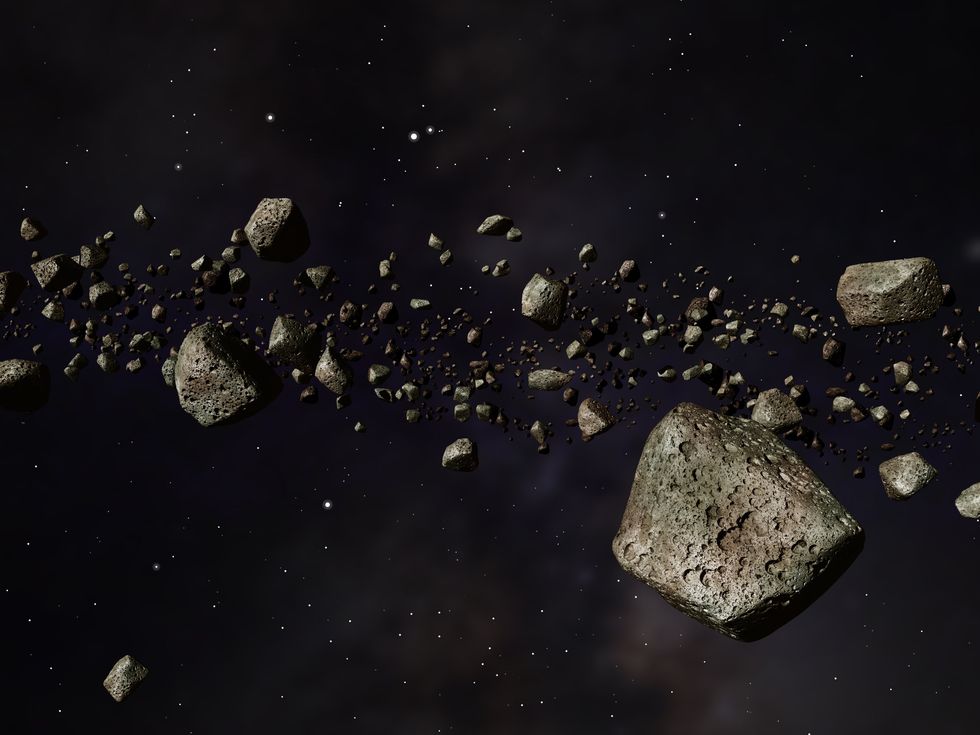Jake Brigstock
Sep 08, 2024
Astronomers Discover Hundreds of Asteroid Moons Hiding in Our Solar System
ZMG - Amaze Lab / VideoElephant
Scientists have found hints there may be two Kuiper Belts, or at least two separate components of the belt, right on the edge of our Solar System.
The Kuiper Belt is a doughnut-shaped region of icy objects beyond the orbit of Neptune which is home to dwarf planet Pluto and is believed to contain a number of comets, asteroids and other small bodies.
These are known as Kuiper Belt objects (KBOs) and astronomers have found hints of an unexpected rise in their density far beyond where the Kuiper Belt is currently known to end, reports Science Alert.
Fumi Yoshida, planetary scientist at the University of Occupational and Environmental Health Sciences and Chiba Institute of Technology in Japan, said: "If this is confirmed, it would be a major discovery.
"The primordial solar nebula was much larger than previously thought and this may have implications for studying the planet formation process in our Solar System."

The higher than expected rise in density is between 70 and 90 astronomical units from the Sun; an astronomical unit is a measurement of the average distance between Planet Earth and the Sun.
The Kuiper Belt extends from the orbit of Neptune, which around 30 astronomical units from the Sun, out to around 50.
The New Horizons spacecraft is travelling deeper into the Solar System and is currently around 60 astronomical units from the sun; it flew by Pluto in 2015.
Astronomers have been observing beyond this using the National Astronomical Observatory of Japan's Subaru Telescope in Hawaii.
In the region between 55 and 70 astronomical units, pretty well nothing had been found but 11 KPOs were spotted beyond this which is much further out than where the Kuiper Belt is thought to end.
The orbits of these are continuing to be tracked so astronomers can make further observations.
How to join the indy100's free WhatsApp channel
Sign up to our free indy100 weekly newsletter
Have your say in our news democracy. Click the upvote icon at the top of the page to help raise this article through the indy100 rankings.
Top 100
The Conversation (0)














